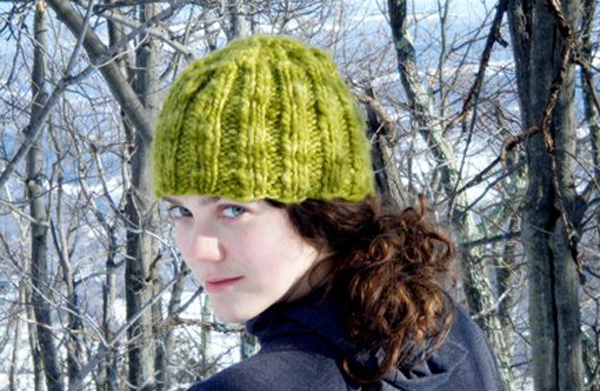 “I never felt daunted by difficulties or blocked alleys. Somehow, I knew the path I was on was right, and my trust in that sense was stronger than the limitation of my own personal comforts or desires.” ~ artist and knitting designer, Kaffe Fassett
“I never felt daunted by difficulties or blocked alleys. Somehow, I knew the path I was on was right, and my trust in that sense was stronger than the limitation of my own personal comforts or desires.” ~ artist and knitting designer, Kaffe Fassett
My daughter presented me with the autobiography of Kaffe Fassett, Dreaming In Color. The luscious multi-layered book has been feeding my post-holiday soul. In the afterglow of holiday overload, extended family dinners and massive clean ups, I pause each evening and curl up with this book. The inspirational words and opalescent photographs of Kaffe’s lifelong creative journey have encapsulated me from the harsh reality of the last few weeks.

From Kaffe’s bohemian beginnings in Big Sur to his royal rambles in England, his life unfolds to touch the hearts of painters, mosaic and fabric artists. But the book reaches deep into the souls of knitters who cannot resist replicating his colorful and whimsically patterned designs.
I took a workshop with Kaffe in Lenox, MA in the ‘80’s when his book, Glorious Color landed in the U.S. Following Kaffe's visionary career has influenced my use of color and my knitting ethic. It blew away my neutrally classic ideas about color. What...me use such revolutionary colors? What...me leave my unwoven yarn ends dangling? It was a lawless approach that I wholly embraced. All very freeing and bursting with wonder!

Dreaming In Color reads like a visual pattern. The book is gorgeously designed, which is no surprise given publisher and friend, Melanie Falick’s expert eye for both editing and design.
It is the perfect book to top off the holiday and sustain a knitter throughout the long winter months.
Earlier this season, I thought about Kaffe Fassett when I chose the colors for my knitted gifts. I designed a simple hat (above) that stitched up quickly, and I’m glad a riot of colors landed in my knitting bag — orange, turquoise, chartreuse, ochre -- knitted with a thick, nubby, soft merino yarn.
In the openness of the New Year, let’s remember the best things in life are handmade – from our precious children to the coziest of hats.
Chunky Hat (free knitting pattern)
Materials
2 skeins Malabrigo Merino yarn
Size 11 circular 11" needles
Size 11 double pointed needles
Tapestry needle
Directions
Cast on 56 sts on circular needle. Place marker and join.
K2, P2 for approximately 6"
Begin decrease rows as follows (change to double pointed needles when it becomes too tight on the circular needles):
Row 1: k4, k2 tog, repeat around row
Row 2: k around row
Row 3: K3, k2 tog, repeat around row
Row 4: k around row
Row 5: K2, k2 tog, repeat around row
Row 6: k around row
Row 7: K1, K2 tog, repeat around row
Row 8: K2 tog repeat until 6 sts remain.
Cut yarn, leaving 6” tail and thread tapestry needle, draw needle thru remaining 6 sts. Pull tightly, weave in ends.
Main photo: Ben Fink, model: Jordyn Cormier
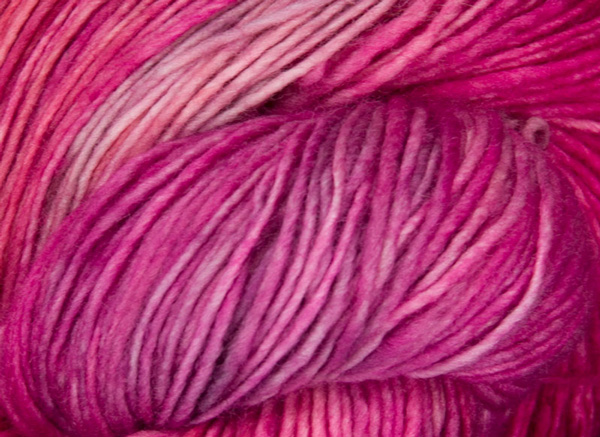 I never knit in pink. It’s not my “normal” color to knit with. I knit in neutrals.
I never knit in pink. It’s not my “normal” color to knit with. I knit in neutrals.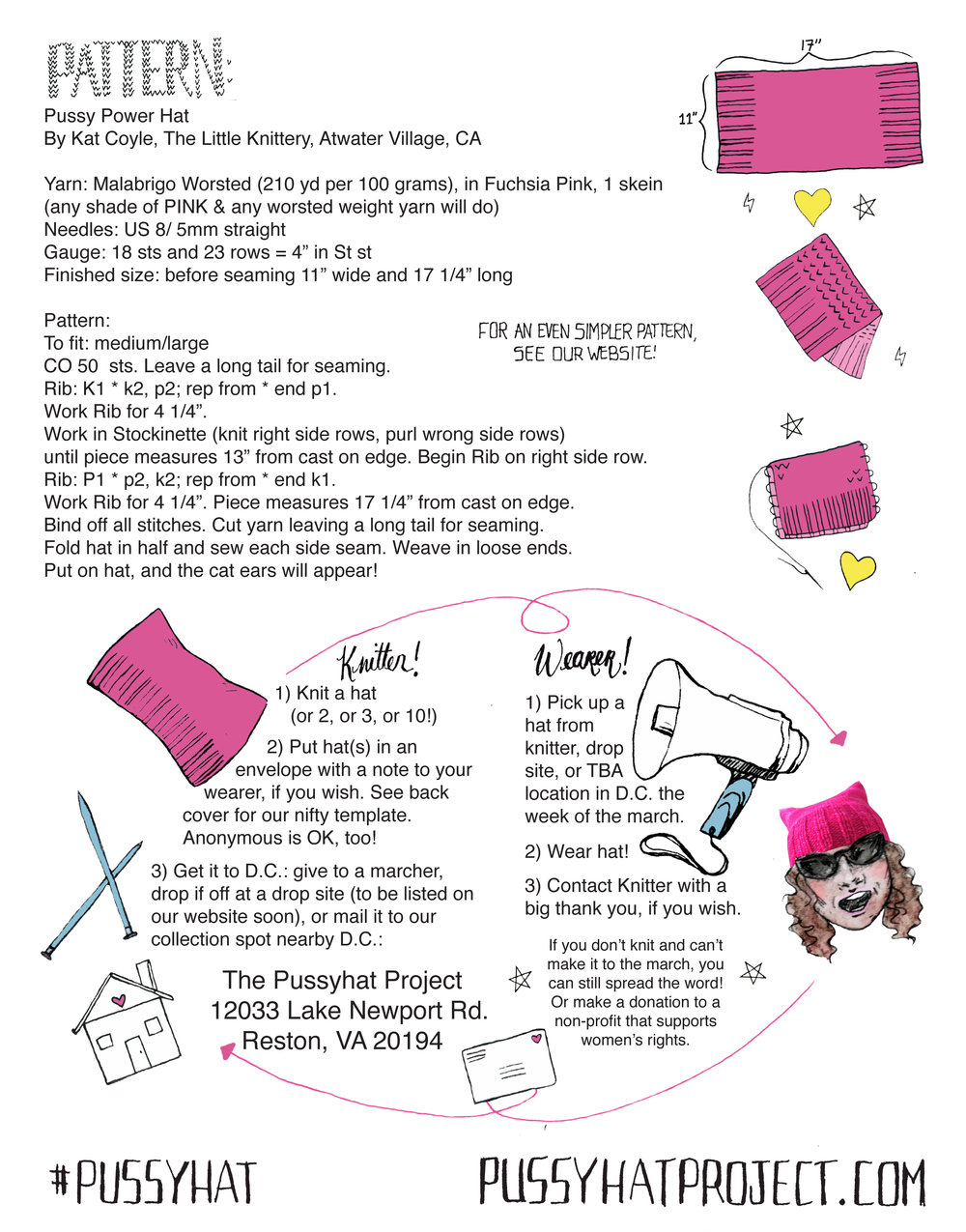
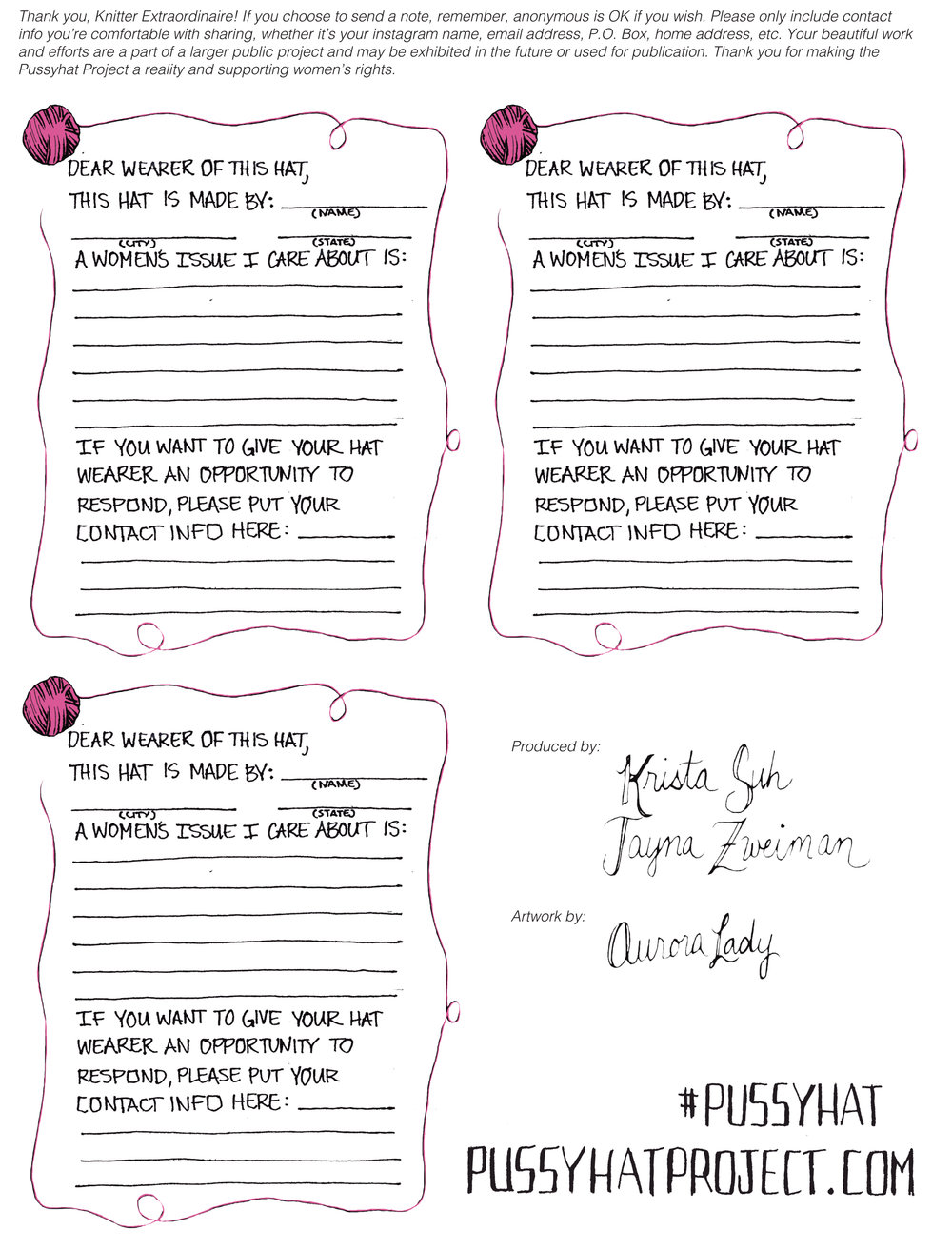

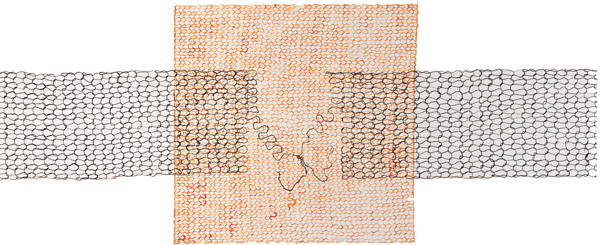
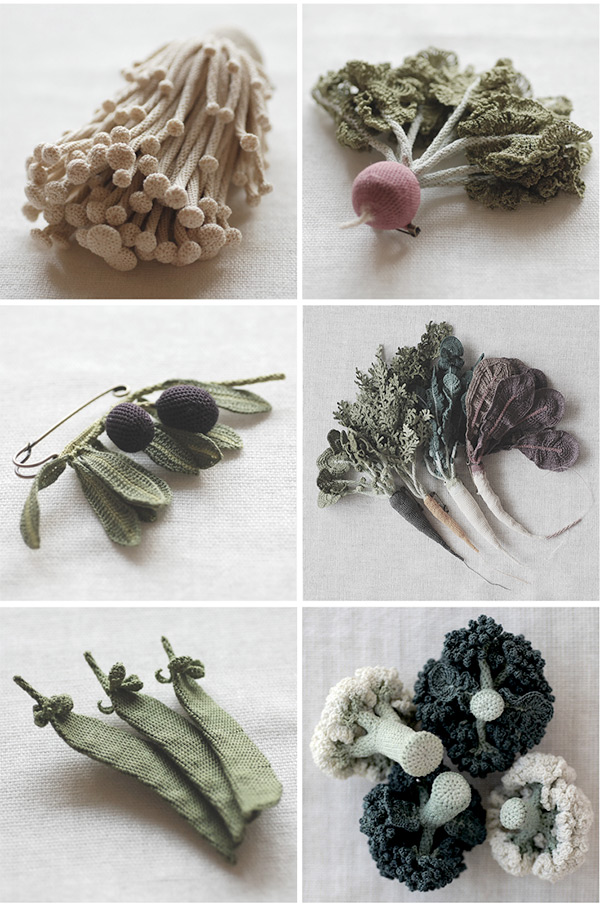
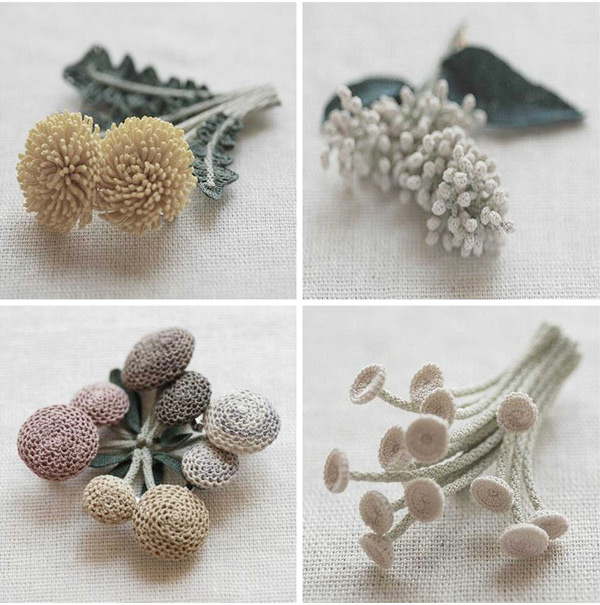 The detailed needlework pins created by Japanese artist,
The detailed needlework pins created by Japanese artist, 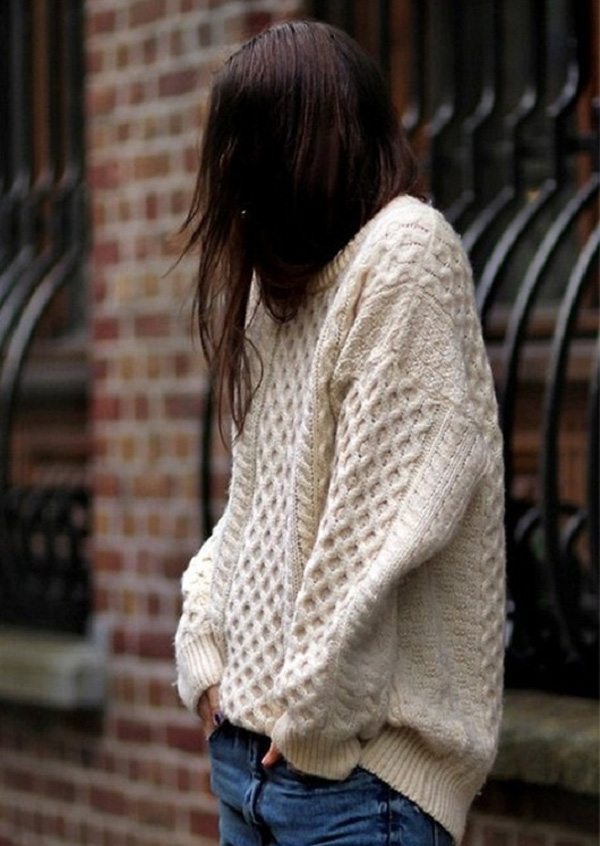 We attribute meanings and associations to holidays - real, tradition or made up. Leprechauns, green beer, corned beef and cabbage, shamrocks, parades, and four-leaf clovers sum up today. For me, St. Patrick’s Day is the day to be swathed in a big Irish hug -- one of the Fisherman sweaters I obsessively knit for many years. Not only are these sweaters unisex, they
We attribute meanings and associations to holidays - real, tradition or made up. Leprechauns, green beer, corned beef and cabbage, shamrocks, parades, and four-leaf clovers sum up today. For me, St. Patrick’s Day is the day to be swathed in a big Irish hug -- one of the Fisherman sweaters I obsessively knit for many years. Not only are these sweaters unisex, they 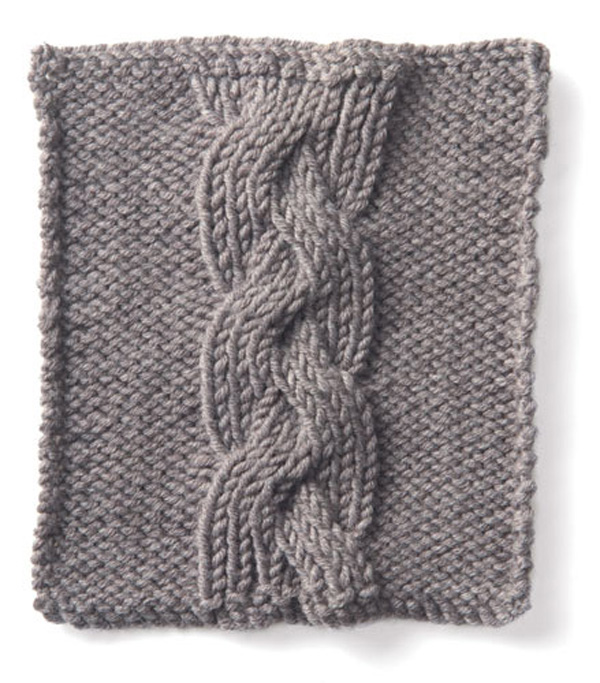 The
The 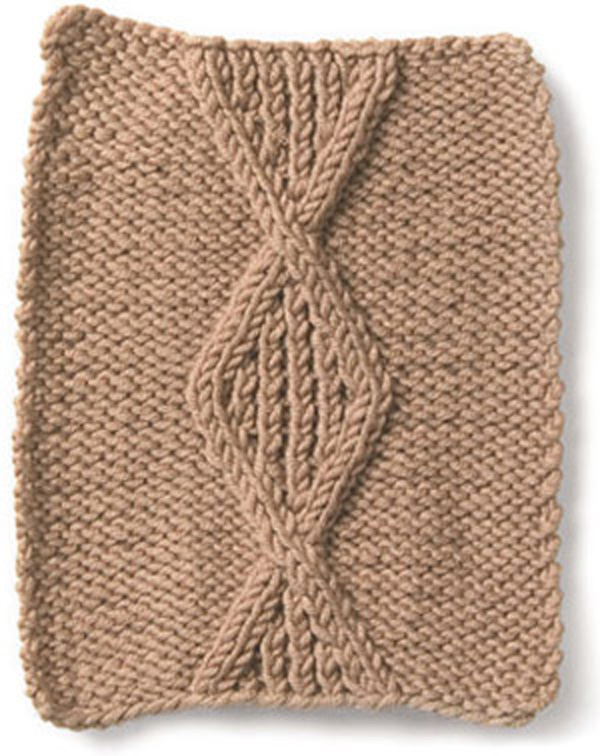
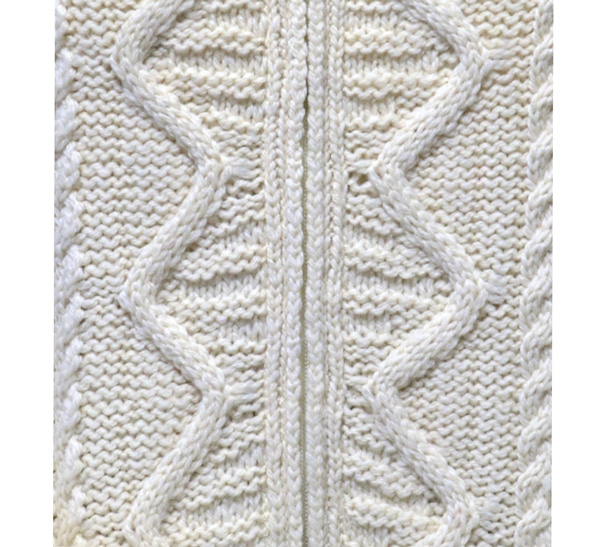
 “I never felt daunted by difficulties or blocked alleys. Somehow, I knew the path I was on was right, and my trust in that sense was stronger than the limitation of my own personal comforts or desires.” ~ artist and knitting designer,
“I never felt daunted by difficulties or blocked alleys. Somehow, I knew the path I was on was right, and my trust in that sense was stronger than the limitation of my own personal comforts or desires.” ~ artist and knitting designer, 
